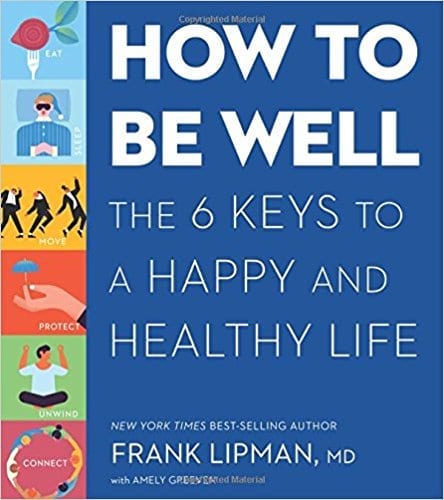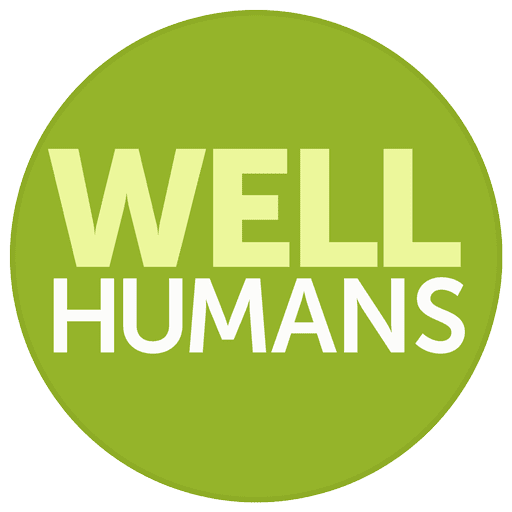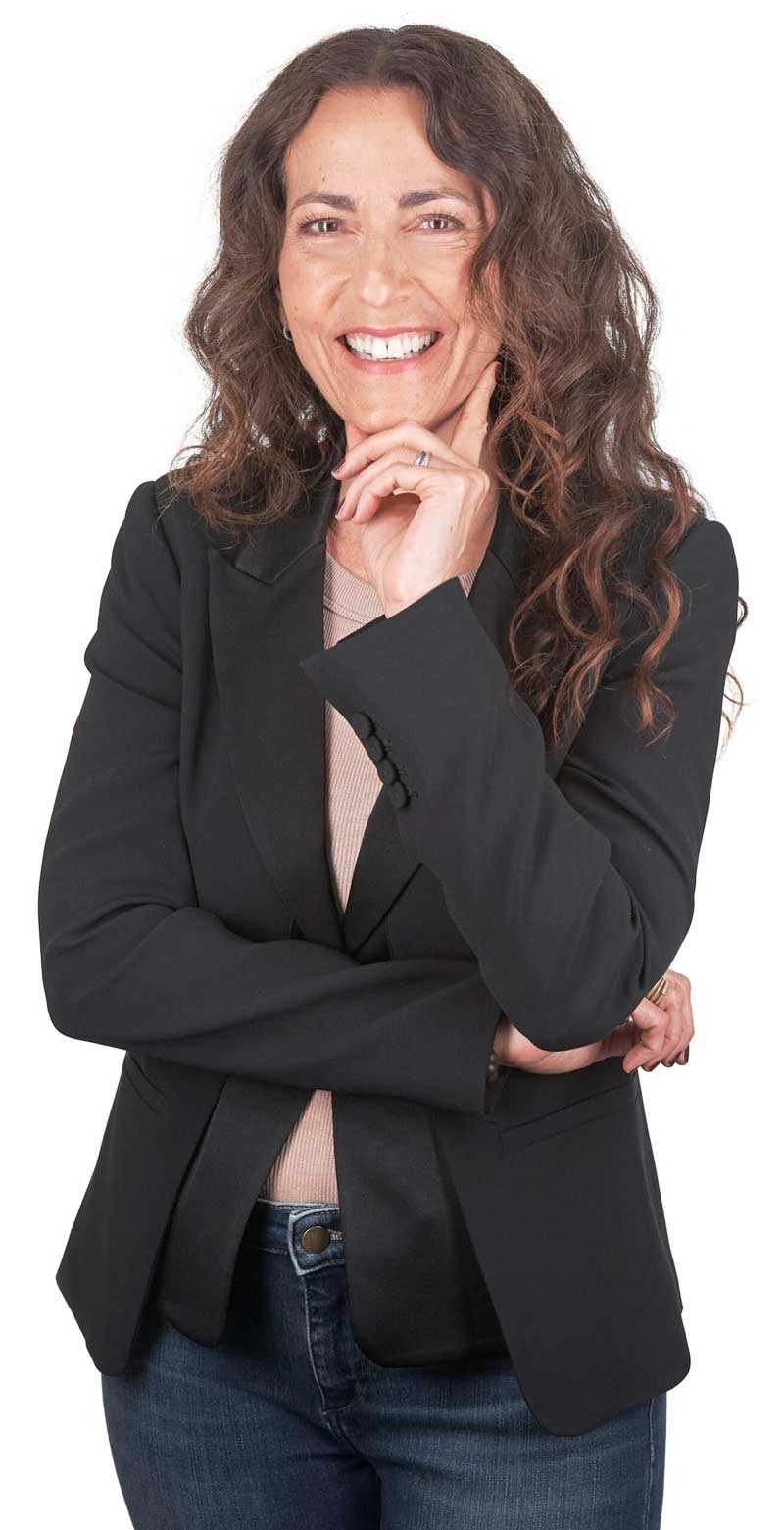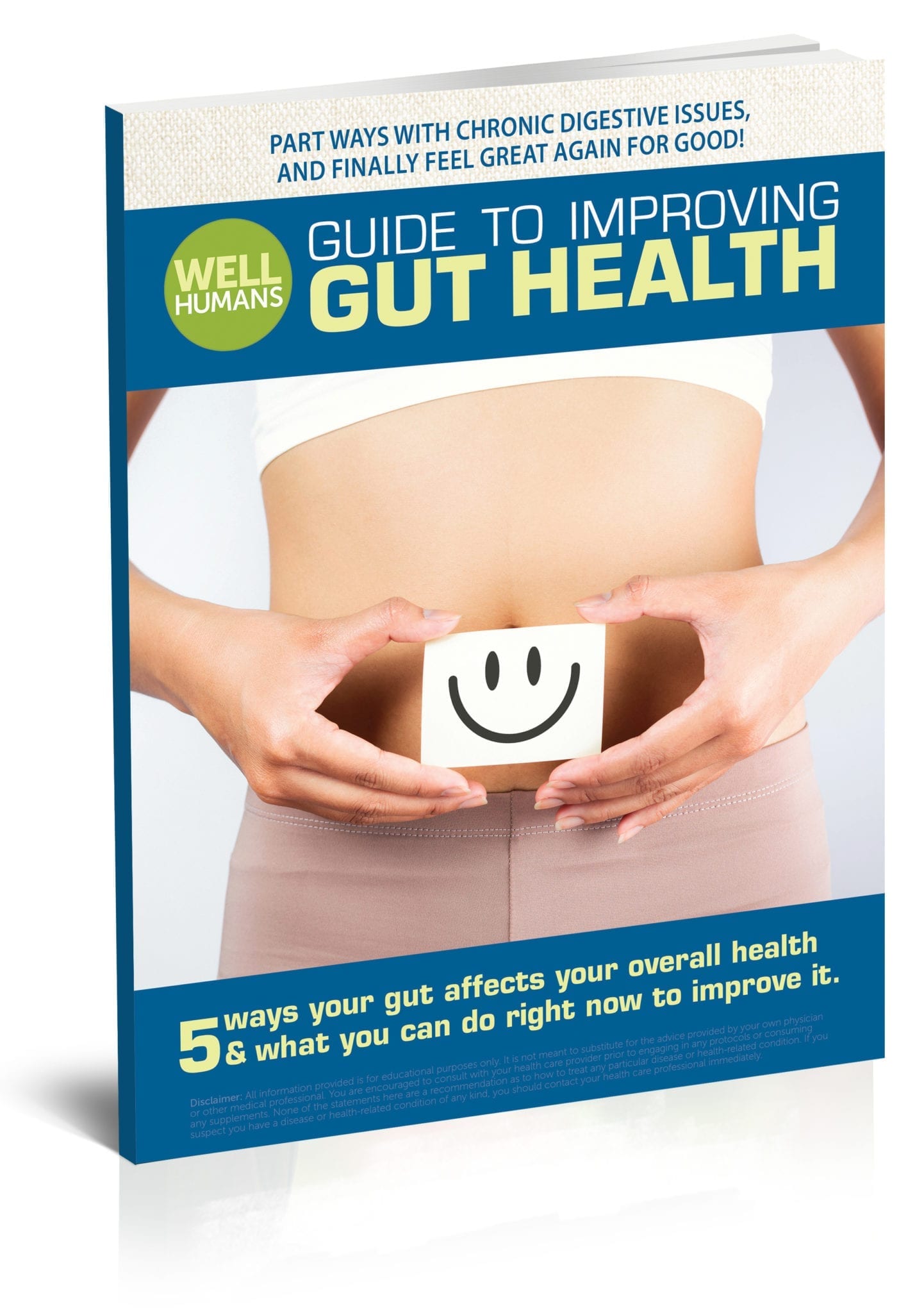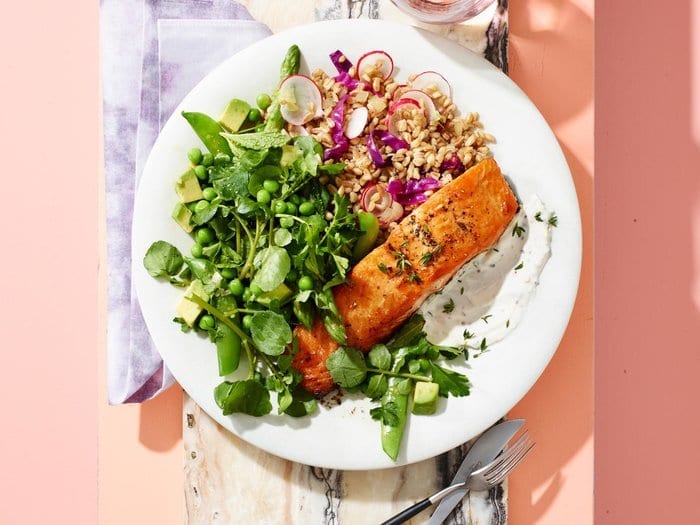
With all the mixed messages out there about what to eat, we don’t have a firm grasp on what a balanced meal looks like anymore. The quickest way to reboot your eating habits is to understand what a healthy plate and portion size looks like. Here’s an easy way to get started.
It’s all about visualization. If you have the picture of the ideally portioned plate in your mind, you don’t need to weigh portion sizes or count the number of veggies you’ve dished up. All you need to do is see an image in your head to prepare, and dig into a meal that’ll fuel your body the right way.
Here’s what that image of a healthy plate looks like, why it works, and extra tips on how to eat a clean, well-balanced diet.
A visual guide to a healthy plate
Creating a healthy plate comes down to supplying your body with the vitamins, nutrients, enzymes, and amino acids it needs to give you glowing skin, keep you energized, lesson inflammation and provide the building blocks your body needs to thrive. This diagram ensures that you serve up enough veggies, proteins, carbohydrates, and healthy fats in ratios that deliver the best balance for your body. Ideally you should aim for 70% veggies whether you’re eating from a plate of bowl.
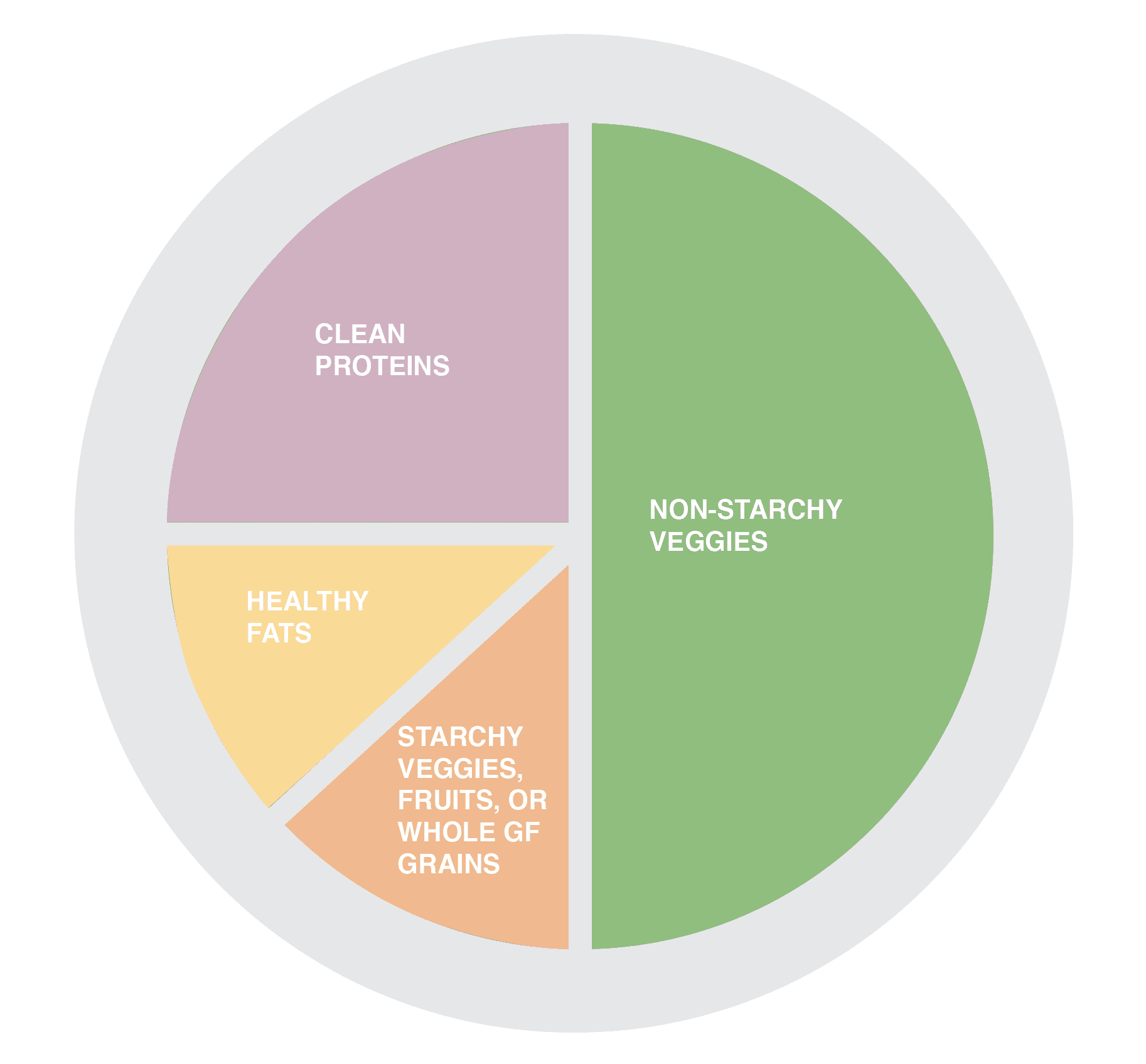
Here’s a breakdown:
- Half your plate is for non-starchy vegetables, like salads made from leafy greens, carrots, mushrooms, and summer squash or cooked veggies that you can sauté, steam or bake.
- 1/4 of your plate is for clean proteins, like wild-caught fish, organic chicken, grass-fed meats, or dairy if tolerated. If you are a vegetarian, legumes like lentils or beans in modest amounts are an alternative.
- 1/8 of your plate is for fruits, starchy veggies OR grains, like a sweet potato, winter squash, brown rice, or quinoa
- 1/8 of your plate is for healthy fats, like olives, avocados, nuts, seeds, and cheese.
- Fun fact: This diagram works for smoothies, too! If you’re replacing a meal with a smoothie, keep these ratios vaguely in mind to insure a well-balanced meal.
If portion sizes are helpful, here’s an easy way to visualize the right amounts
What is a portion size? A portion size is how much of a certain food you need to eat to ingest a certain amount of nutrients. Eating the right portions helps you get a good overall balance of amino acids, vitamins, and minerals.
Here’s a helping of good news: I have a shortcut to help you figure out exactly how much you should be eating, no measuring cups or scales required.
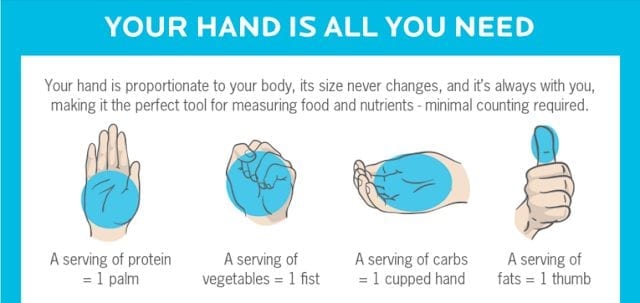
Here’s a breakdown:
- Your fist is the size of 1 cup. It’s ideal for raw, whole fruits and vegetables as well as cooked veggies like broccoli, spinach, and other nutrient dense leafy greens.
- Half of your fist or a “cupped” hand is the size of ½ cup. It’s perfect for grains and starchy vegetables, like peas, and lentils.
- Your palm is 3 to 4 oz. It’s ideal for proteins like meat, fish and poultry.
- Half your thumb is about 1 tablespoon. That’s a portion of healthy fats, like nut butters (think: almond butter) and hard cheeses (think: cheddar)
- Top digit of your pointer finger is about 1 teaspoon. It’s ideal for sugars (think: dark chocolate) and healthy fats you cook with, like ghee and olive oil.
6 ways to eat healthier (and boost your wellness)
You know what they say: You are what you eat. And you know what? Eating healthy has never been easier! Here are six more ways to become a healthier human being, just by changing up what you feed your body:
- Make your plate as colorful as possible. Eating the rainbow ensures you supply your body with every single micronutrient it needs to stay healthy. Take a look at what different colored produce means for your health.
- Eat whole foods as much as you can. Shop the outer aisles of your grocery store for fresh produce and proteins, and supplement with whole grains and healthy fats.
- Go organic. Organic food is grown without chemicals that can make you sick, like pesticides and antibiotics. If shopping 100-percent organic isn’t possible, make eating the Clean 15 a priority.
- Eliminate hidden toxins from your life. There are all sorts of dangers lurking where we least expect them.
- Stay away from long ingredient lists. If you’ve got to pick up something boxed, bagged, or canned, go with the item that has the fewest ingredients listed on the label. Remember, you want to eat food that’s as close to it’s natural form as possible, rather than a bunch of chemicals.
- Create rituals that will make your everyday life healthier. Small, daily practices can have a huge impact on your overall wellness.
Get on the path to healthy living today!
A healthy life is all about making one positive choice after another. And you know what? You don’t have to make a huge, routine-changing choice to get started. All you need to do is start with one change. Over time, small changes add up to big results.
I can help you do that. Maybe you’re struggling with symptoms that are you holding you back from your most vibrant and energetic life. Or, maybe you need some support implementing healthy new habits over time. I can partner with to support you on your path to wellness.
From discovering the root cause of your symptoms to working with you to help you eat well balanced and nutritious meals you can actually stick with, I work with you every step of the way to get you moving toward a well future.
Make the choice to get started today and set up a FREE Discovery Call!
For a great read on balanced living, Dr. Frank Lipman’s book, How To Be Well, will offer you easy to read and implement tips to create better health overall.

